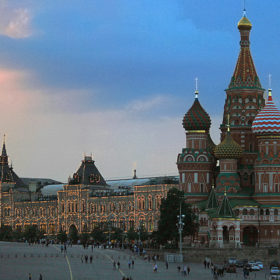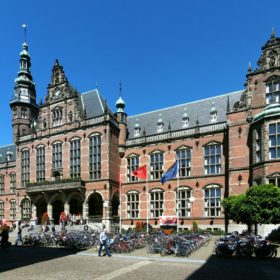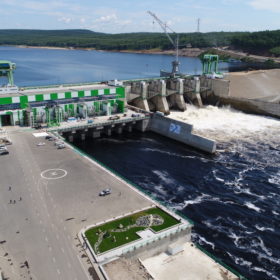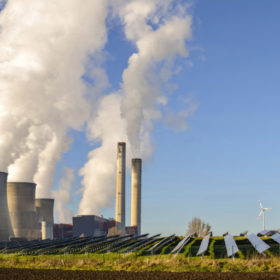Russia’s largest PV plant comes online
The 75 MW project was built by Russian developer Solar Systems LLC in Novokuybyshevsk, in the Samara oblast. The facility was mostly financed by Russian state-owned lender PJSC Sberbank.
Interview: Is Russia’s embrace of renewable energy a reality or a myth?
The superpower has always been seen as a fortress for oil and gas but positive signs are emerging from its renewable energy sector.
Renewables & geopolitics: Russia
In the latest of our interviews about renewable energy and geopolitics, Indra Øverland – head of the Center for Energy Research – discusses the difficult relationship between Russia and renewable energy. Despite a belief the gas and oil superpower will have little interest in clean energy, Overland believes the world’s most extensive nation will use renewables to improve its domestic power supply, especially in remote regions. Russia has a highly continental climate, with lots of sunshine – more than most of Western Europe, Overland says. Whether it can take advantage of that potential, however, is unclear.
Hevel partners with Kyrgyz monocrystalline wafer manufacturer Astra
The agreement includes the possibility of establishing an industrial cluster for solar module manufacturing, as well as industrial and financial cooperation within the Eurasian Economic Union.
Perovskites: A solar scientist’s bread and butter
University of Groningen in the Netherlands is adding its name to the growing list of research institutes that have developed an “industrially scalable” technique for the production of perovskite solar cells. In a separate publication, Russian scientists have reviewed the suitability of one group of perovskite materials for use in space.
European PV market grew 36% to reach 11 GW in 2018
Solarpower Europe has released its estimates for Europe’s installation figures in 2018. A reduction in system prices and a policy push boosted solar across the continent. And if the trade association’s CEO is to be believed, the newfound growth has just begun.
Russian Duma approves net metering for solar up to 15 kW
Under the new rules, expected to come into force by the end of the year, Russian residential PV system owners will be able to sell excess power to the grid. The provisions were discussed for almost two years before yesterday’s vote.
First hybrid hydro-PV project announced in Russia
Russian module manufacturer Hevel will deploy 1.2 MW of solar at an hydropower facility operated by local energy provider Rushydro in the Amur region. The solar installation is intended to help the company better manage the power plant, while also reducing its operational costs.
Some 42% of the world’s coal generators run at a loss
Carbon Tracker has released a report claiming it is cheaper, in many markets, to construct new renewable generation assets instead of running legacy coal-fired power plants. Billions could be saved for customers, while profits in the two-digit billion-dollar range look set to be lost by the coal industry.
Teamtechnik receives stringer order from Russia’s Hevel
For the production of its heterojunction modules, the Russian manufacturer will cooperate with the German PV engineering provider for the supply of stringers and adhesive technology. To this end, Hevel has ordered new stringer systems and layup from Teamtechnik.










